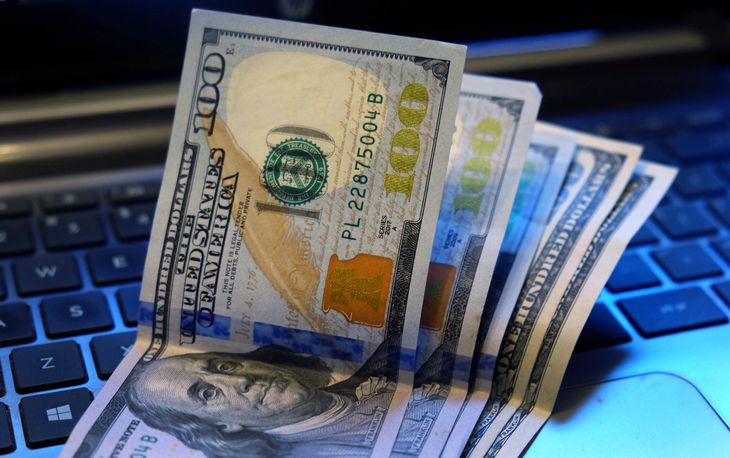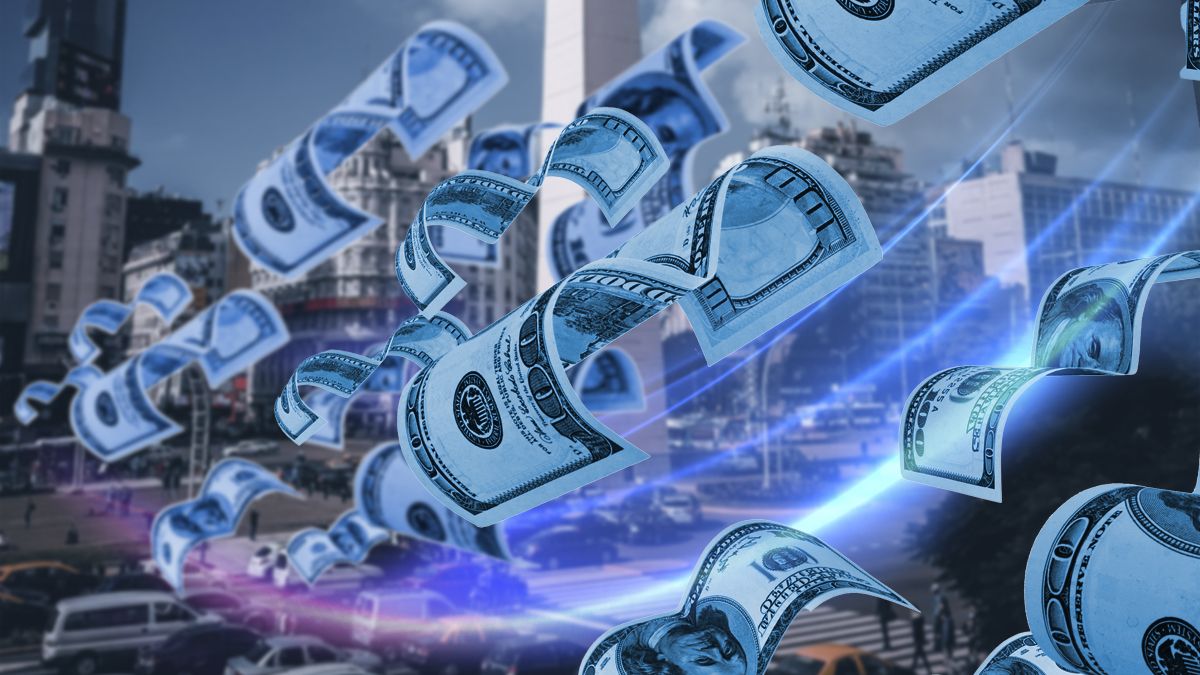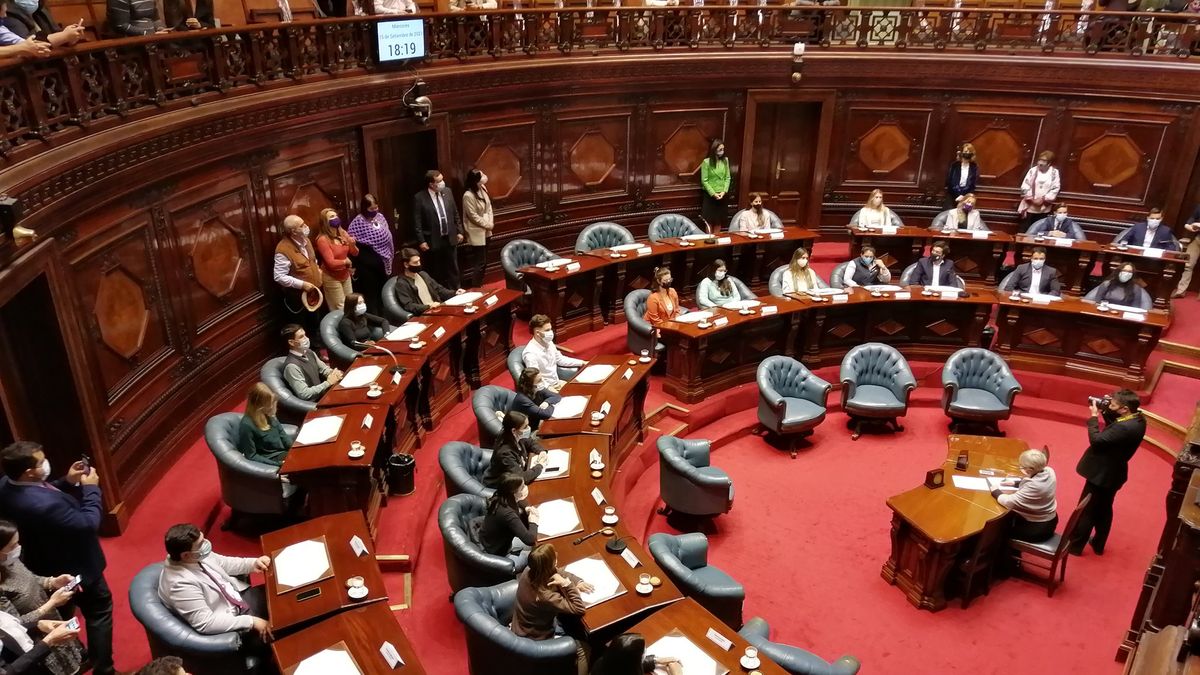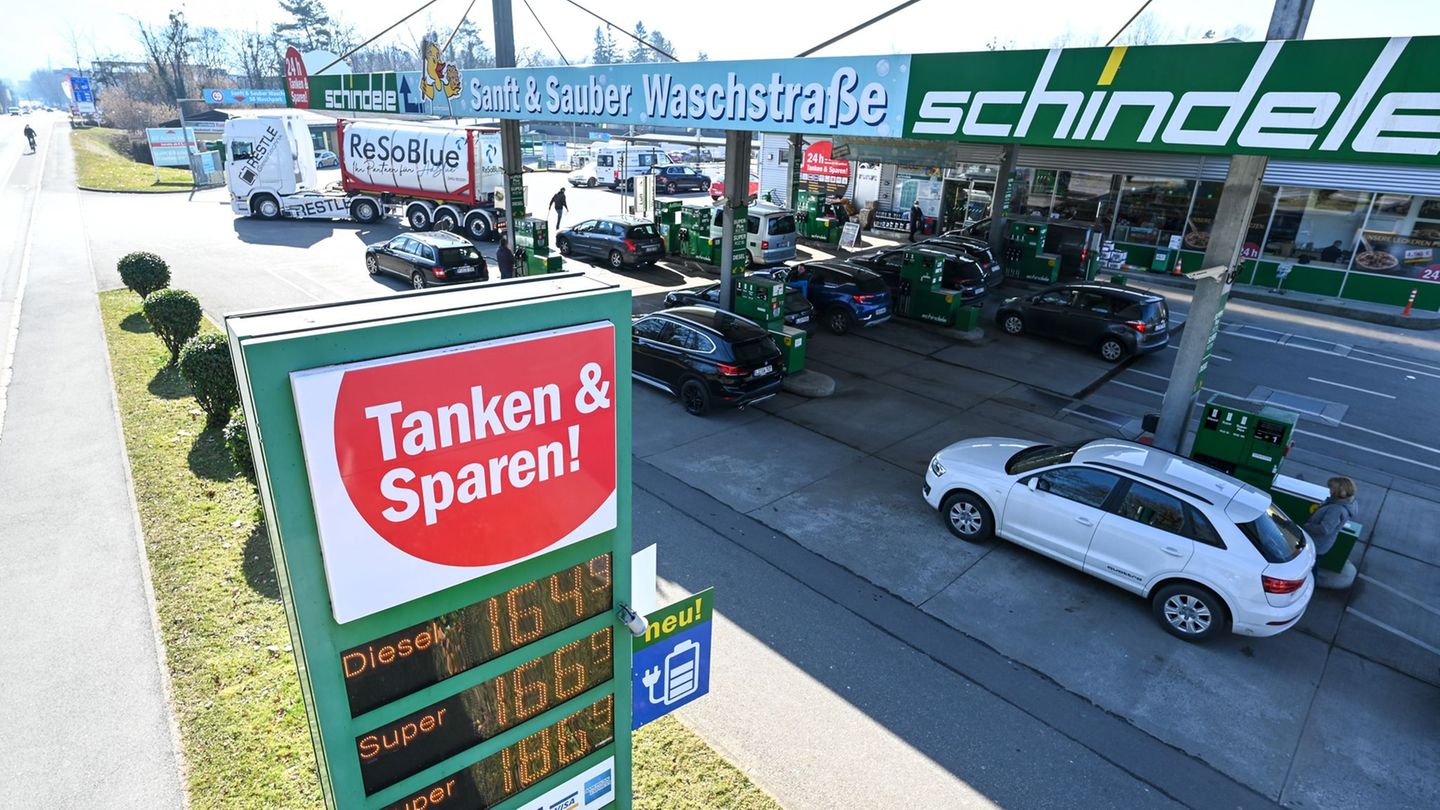The correct validation is effective or ineffective, it has to do with the achievement of goals and objectives. It ismeet predetermined purposes under pre-established conditions, assuming the challenge and compliance, under its own parameters. The reality is that around US$7,000 million will be obtained, not to mention that the withholdings will provide genuine resources of more than 460,000 million pesos, to alleviate the primary deficit.
In short, a partial (sectoral) and temporary (25 days) devaluation was carried out, it has been very creative and successful.
palmistry prediction
The prediction of the future value of the “blue dollar” is not very serious. The price of the dollar in any of its versions is like inflation, a multicausal phenomenon. There are technical, psychological, political or speculative explanations, but not exclusively monetary, or like those of those who continue to admit the backing of convertibility. Above all, because there is no Convertibility Law, 21 years ago.
Many analysts like economics to be guilty, since, if it is inconsistent with monetary variables, it all depends on the monetarist child’s manual of economics, the only and exclusive compulsory bibliography of many private universities and environmentalists.
Until around August 2018, those who participated in the REM projected trajectories of the nominal exchange rate with slightly upward trends, which methodically showed significant underestimates. The nominal exchange rate registered a much higher rate of depreciation than forecast by analysts. From September 2018 to July 2019, the median of the REM forecasts again suggested slightly increasing trends, which during that period exceeded the dynamics that was actually verified with the value of the dollar expressed in pesos. As of September 2019, the projections for the nominal exchange rate began to suggest a dynamic much higher than that recorded.
Regarding the monthly forecasts, the median of the results of the REM on the nominal exchange rate has shown forecast errors that range between 0 and 17 $/u$s depending on the month and the time horizon with which the forecasts are made.
Considering the expectations surveyed one month in advance (that is, at the end of the month prior to the projection), the average absolute error (the module) during 2017 to 2019 was between 1.7% and 4.6% of the observed data. During 2020, the forecast error made in the survey prior to the beginning of each month was on average (in absolute value) 63% lower than the average of the forecast errors made two months in advance and 87% lower than the forecast errors. average errors of forecasts made three to five months in advance. (BCRA, Forecast Errors of the Survey of Market Expectations / May 2021)
academic contribution
Who predicted that the historical parity of 1.50 dollars per pound sterling, or 1.20/1.35 per euro, would converge to a dollar at par? – In what manual does it say that after assuming 9% year-on-year inflation and, having issued in just two years, 25% of its GDP, the US would strengthen its currency?
We explain it in class for quantitative students affected by the scarcity of reading. It is that they reach a master’s degree with the pendrive scratched. Today we ask you: How much is the dollar worth if Alberto Fernández catches a cold, after the attack on the vice president? – Because… Cristina Fernández de Kirchner should replace him. Let’s imagine the headlines of the main portals on a Saturday: “The markets tremble before their opening”. Actually, we wouldn’t know because there is no market on Saturdays. But it is no longer essential that something be true.
Dollar Blue city porteña 02.jpg
Let’s conjecture: If the vice president was shot in the face waving to her supporters, – What would they not do to her if she becomes president? – The value of the dollar is relative, and fear also plays a crucial role.
It is really difficult for an economist who understands that economics is a social science, to accept that a quantitative or financial macroeconomist (who perceives himself as an economist) reduces the analysis to the performance of the “dollar” by the amount of money or the projection of the goal inflationary. If so, all would be to sit and think about the future rise and fall of the dollar, tending to engage in frantic and obsessive activity, helping to buy and sell dollars.
There is talk of the sustainability of the exchange rate. When talking about sustainability of the exchange rate, it always refers to a limited process that imposes its balance at the expense of environments that exceed it. The economy is bigger than the “blue dollar”.
blue culture
Dollars are not always bought for their profitability, they are also bought for security. The ticket is not what is being bought, but rather the ideas that unfortunately spread, the agent carriers interested in them, and interested in deforming them in the process of evolution. “They work for…”.
But it is also true that when you buy dollars, you are buying something more than the ticket, you are expressing a savings behavior. We acquired a culture of three generations. “The greenback has good karma” … but this year in Argentina and around the world, a valuable part of the dollar saved by Argentines and other citizens of the world, contributes to financing US public spending. More or less 10% (US inflation) is paid in a year to have greenbacks in a safe deposit box. The $100 of 2021 has the purchasing power of $90 right now. But the blue dollar has a cultural overprice, the cost is higher, because it includes the peace of mind it provides to the buyer and the involuntary emerging social irresponsibility towards those who cannot buy them. This is how people have participated in community life in Argentina for almost five decades.
The birth of the new discipline of “happiness” should include the blue dollar in Argentina. In this spiritual current of “happiness”, or spiritual hedonism, the key to life defines a profile that in Argentina includes having dollars to travel and make purchases abroad.although many of those who live thinking about the “blue” look anguished and depressed.
The economic forecast
Economic forecasting is also not scientific. “The debate about the scientific nature of economics is almost as old as the discipline itself. It is not new, therefore, that the idea is defended that, in reality, the economy is a branch of politics, subject consequently to the peculiarities and strategies of public management, among them the relevance of the ideology of who formulates its principles or applies them in a certain society” (Cabrillo). “The economy does not teach economists to make forecasts” (Alfredo Zaiat).
If it wasn’t like the turf, economists around the world, with the exception of Nouriel Roubini (Dr. Doom), would not have chorused “we didn’t see it coming” (Financial Crisis 2008).
dollar-investments-finances-dollar blue.jpg

Blue dollar quote.
NA
In Argentina, until mid-2019, those who participated in the REM (Market Expectations Survey) projected trajectories with generally downward trends in inflation, which were not observed later. The year-on-year inflation projected by the median of the REM 12 months in advance shows a significant error, with an average absolute error between 17% and 67% of the data observed until Dec-2020. The analysts systematically underestimated until mid-2019 the inflation that would occur 12 months later -with partial corrections-, while after that period began to overestimate in a constant way the year-on-year dynamics that retail inflation would exhibit. (ibid)
the other side of the library
It is very difficult to find bibliography of Aldo Ferrer, Marcelo Diamand, Raúl Prébisch, Julio H. Olivera, Celso Furtado, Roberto Frenkel, Eduardo Basualdo, Mariana Mazzucato, Daniel Azpiazu, Miguel Khavisse, Jorge Schvarzer, Alejandro Rofman, in private university programs. Héctor Valle, Benjamin Hopenhayn, Abraham Gak, Daniel Heymann, Bernardo Kliksberg, Karl Marx, Bertil Ohlin, Lloyd Metzler, Paul Samuelson, Richard Khan, Micha Kalecki, Gunnar Myrdal, John Kenneth Galbraith, John Hicks, Johan Robinson, David Anisi, Karl Polanyi, Ha-Joon Chang, Jeffrey Sachs, Paul Krugman, Joseph Stiglitz, Robert Shiller, George Akerlof, Janet Yellen, Axel Leijonhufvud, Amartya Sen, Thomas Piketty, John Weeks, Edward Nell, Anwar Shaikh, Sergio Cesaratto, Fred Moseley, Francois Chesnais, Tony Norfield, John Smith, Henryk Grossman, Geoff Mann, James Kwak, etc.
Forecasts today are less scientific than ever
The US has asked its dual nationals to leave Russia to avoid possible recruitment to go to war. News of thousands escaping from Russia heading abroad as soon as President Putin called up reservists and mobilized 300,000 soldiers has given an idea of the point at which things are reaching.
The times we live in demand that we take things seriously, that we do not make comics out of important issues, that we do not waste time on silliness, that we be responsibly prudent.
Professor of Postgraduate UBA and Masters in private universities. Master in International Economic Policy, Doctor in Political Science, author of 6 books. @PabloTigani
Source: Ambito




